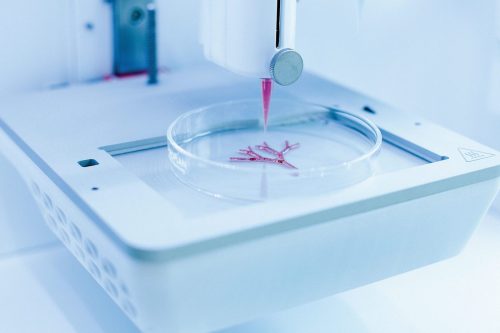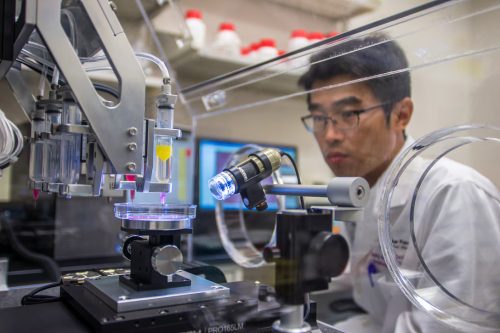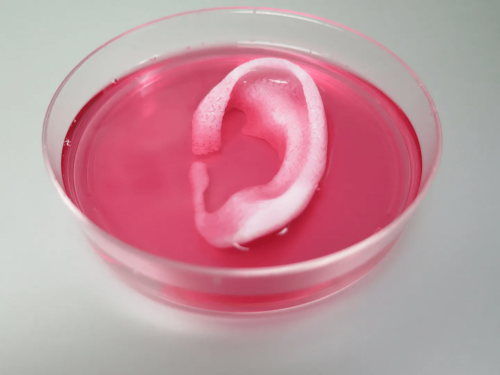

Revolutionizing Healthcare: The Rise of Bio 3D Printing
Bio 3D printing, also known as bioprinting, is a groundbreaking technology that combines 3D printing and biomaterials to create functional living tissues and organs. This innovative field has the potential to transform healthcare by providing personalized solutions for organ transplantation, tissue engineering, and regenerative medicine.
How Bio 3D Printing Works
Bio 3D printing involves the use of living cells, biomaterials, and bioactive molecules to create complex tissue structures. The process typically involves:
1. Cell selection and preparation: Cells are isolated from the patient’s body or obtained from a donor.
2. Biomaterial selection: A suitable biomaterial, such as hydrogels or bioplastics, is chosen to provide structural support.
3. 3D printing: The cells and biomaterials are combined and 3dprinted into the required shape by the use of a 3D printer.
4. Tissue maturation: The printed tissue is allowed to mature and develop in a controlled environment.
Applications of Bio 3D Printing
1. Organ transplantation: Bio 3D printing can help address organ shortages by creating functional organs for transplantation.
2. Tissue engineering: It can be used to repair or replace damaged tissues, such as skin, bone, and cartilage.
3. Regenerative medicine: Bio 3D printing can aid in the development of personalized therapies for various diseases.
4. Cancer research: It can help create tumor models for cancer research and drug testing.
Challenges and Future Directions:
While bio 3D printing holds immense promise, there are challenges to overcome, including:
1. Cell viability and functionality
2. Scalability and complexity
3. Regulatory frameworks
As research advances, we can expect to see more sophisticated bio 3D printing technologies and applications emerge, revolutionizing the healthcare landscape.



 Click to know more about us
Click to know more about us